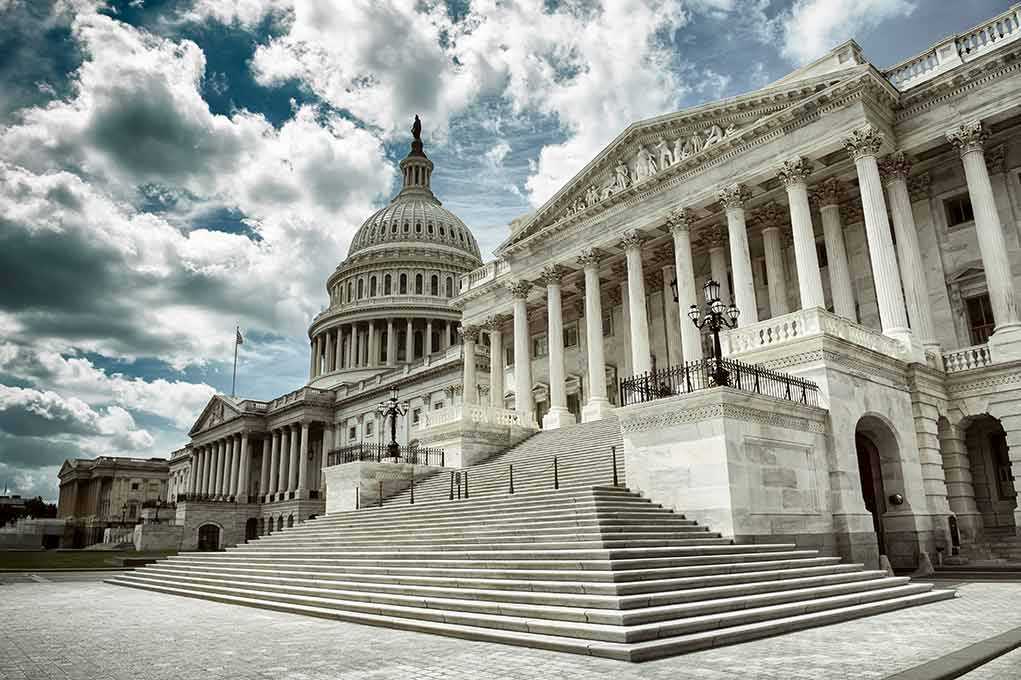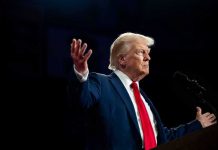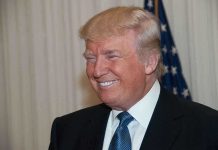
Chief Justice Roberts has granted President Trump’s request to freeze $5 billion in foreign aid, putting Congress’s authority and America’s priorities to the test as the Supreme Court weighs the power struggle.
Story Snapshot
- The Trump administration’s freeze on $5 billion in foreign aid is upheld for now by the Supreme Court, intensifying debate over executive authority.
- The case highlights a constitutional clash between the White House and Congress over who controls taxpayer dollars and foreign policy.
- The move is part of Trump’s “America First” agenda to cut global spending and reorganize U.S. foreign aid infrastructure.
- Aid groups and contractors face immediate disruptions as legal battles continue, with billions in global assistance hanging in limbo.
Supreme Court Temporarily Upholds Trump’s Foreign Aid Freeze
On September 9, 2025, Chief Justice John Roberts issued a temporary stay that allows the Trump administration to keep $5 billion in foreign aid funds frozen while the Supreme Court considers the case. This follows months of legal wrangling and lower court rulings against the administration’s effort to halt disbursements. The funds in question cover U.N. peacekeeping, democracy promotion, and humanitarian programs globally. The Supreme Court’s involvement signals the high stakes of the constitutional dispute over appropriations and executive power.
President Trump’s decision to freeze these funds stems directly from his “America First” policy platform. Early in 2025, he signed an executive order to review and withhold foreign aid spending, aiming to reduce overseas commitments and ensure taxpayer dollars align with administration priorities. The administration contends that releasing the funds before a full policy review would undermine U.S. interests and create what they call an “unnecessary emergency.” This approach marks a sharp reversal from years of bipartisan support for robust foreign aid as a tool for American diplomacy and influence.
Congress and Aid Groups Push Back Against Executive Overreach
Congress, which constitutionally holds the “power of the purse,” has challenged the administration’s authority to freeze funds that it already appropriated. Lawmakers across party lines argue that such unilateral executive actions threaten the separation of powers and could establish a dangerous precedent. Aid groups, contractors, and humanitarian organizations have joined legal efforts to force the release of funds, warning of immediate harm to global health, development, and democracy initiatives. Federal courts initially ruled against the administration, but the Supreme Court’s temporary stay now leaves the fate of these programs uncertain, pending further judicial review.
The legal battle centers on the administration’s use of a “pocket rescission”—a rarely used budget tactic to block spending without congressional approval. Critics say this maneuver sidesteps established checks and balances, while supporters argue it is necessary to ensure foreign aid aligns with American interests and security. The tension between congressional authority and executive discretion remains unresolved as the Supreme Court weighs the case, with implications for future budget and policy disputes.
Impact on U.S. Foreign Policy and American Taxpayers
The freeze has immediate and far-reaching effects. Contractors and aid recipients face delayed payments, stalled projects, and uncertainty about ongoing operations. Humanitarian and development programs in dozens of countries are disrupted, with potential consequences for U.S. global influence, alliances, and national security. Domestically, the administration’s move is seen by supporters as a victory for fiscal sanity and putting American taxpayers first—especially after years of controversial foreign spending and perceived government overreach.
Long-term, the outcome of this legal fight could redefine the boundaries of presidential power over the federal budget. It also signals an ongoing effort to dismantle or reorganize agencies like USAID, consolidating foreign aid under tighter executive control. While many conservatives cheer the effort to rein in wasteful spending and restore constitutional order, opponents warn of reputational damage abroad and the potential erosion of America’s leadership role. For now, billions in foreign aid remain frozen, and the Supreme Court holds the balance between coequal branches of government.
Expert Analysis and Broader Implications
Legal scholars describe this case as a watershed moment for constitutional governance, with the Supreme Court poised to clarify the limits of executive authority versus congressional directives. Foreign policy experts caution that prolonged aid freezes could undermine U.S. credibility and weaken relationships with key allies and recipients. Industry analysts note that the use of pocket rescissions and the broader dismantling of foreign aid infrastructure represent a fundamental shift in how America engages the world. The outcome will likely shape debates over fiscal responsibility, government overreach, and the proper balance of power for years to come.
Chief Justice Roberts sides with Trump to temporarily freeze $5B in foreign aid spending https://t.co/aGCch19OSm
— ConservativeLibrarian (@ConserLibrarian) September 9, 2025
Affected groups and policymakers await the Supreme Court’s final decision, which will determine not only the fate of $5 billion in aid but also the future contours of American governance. The ruling will be closely watched by those concerned about preserving the constitutional order, curbing runaway spending, and defending American values on the global stage.
Sources:
Chief Justice Roberts sides with Trump to temporarily freeze $5B in foreign aid spending
Trump administration asks SCOTUS—once again—for ability to freeze billions in foreign aid
Trump foreign aid freeze: Supreme Court allows Trump to keep $4B on hold
U.S. Foreign Aid Freeze & Dissolution of USAID: Timeline of Events











